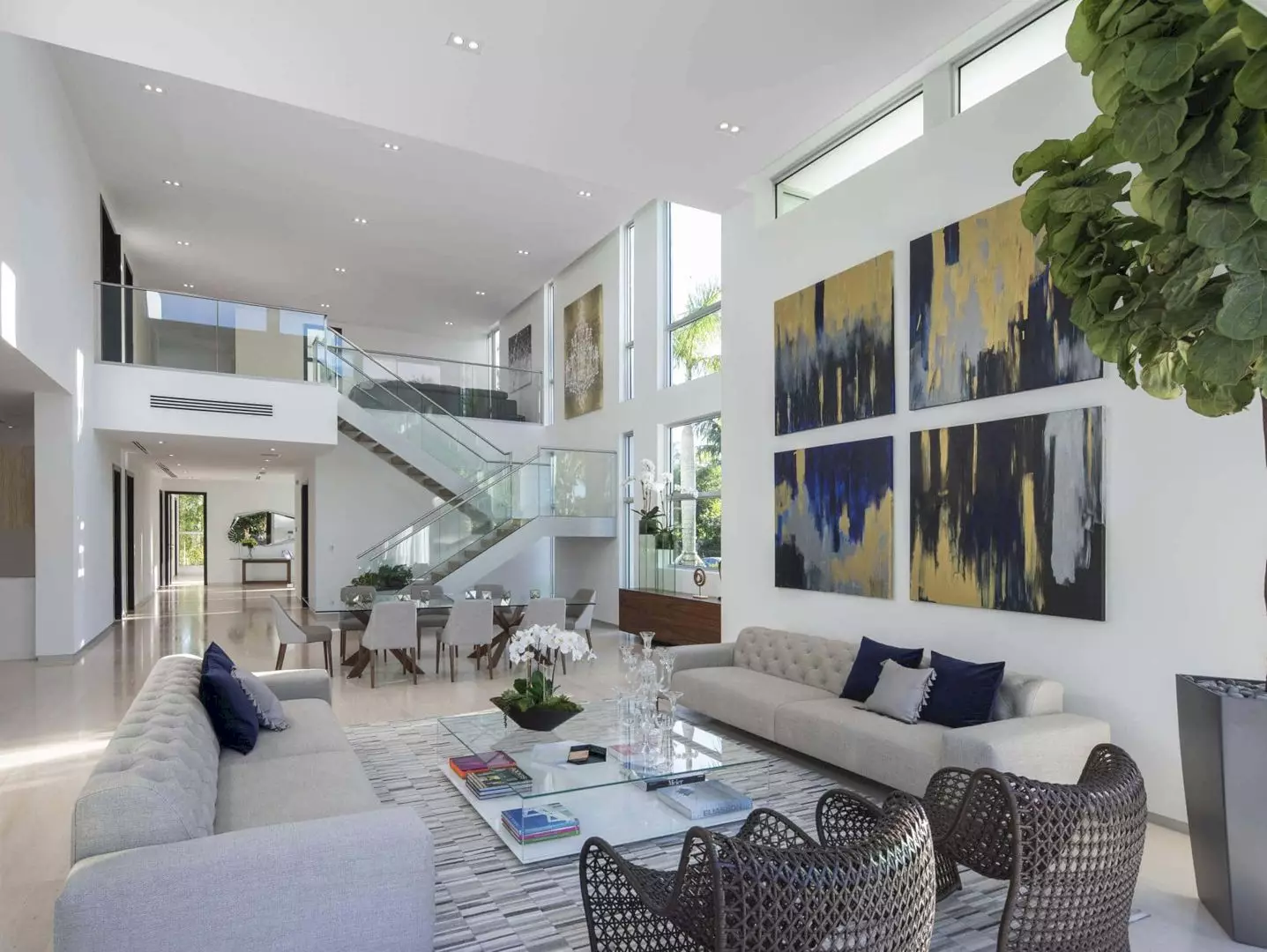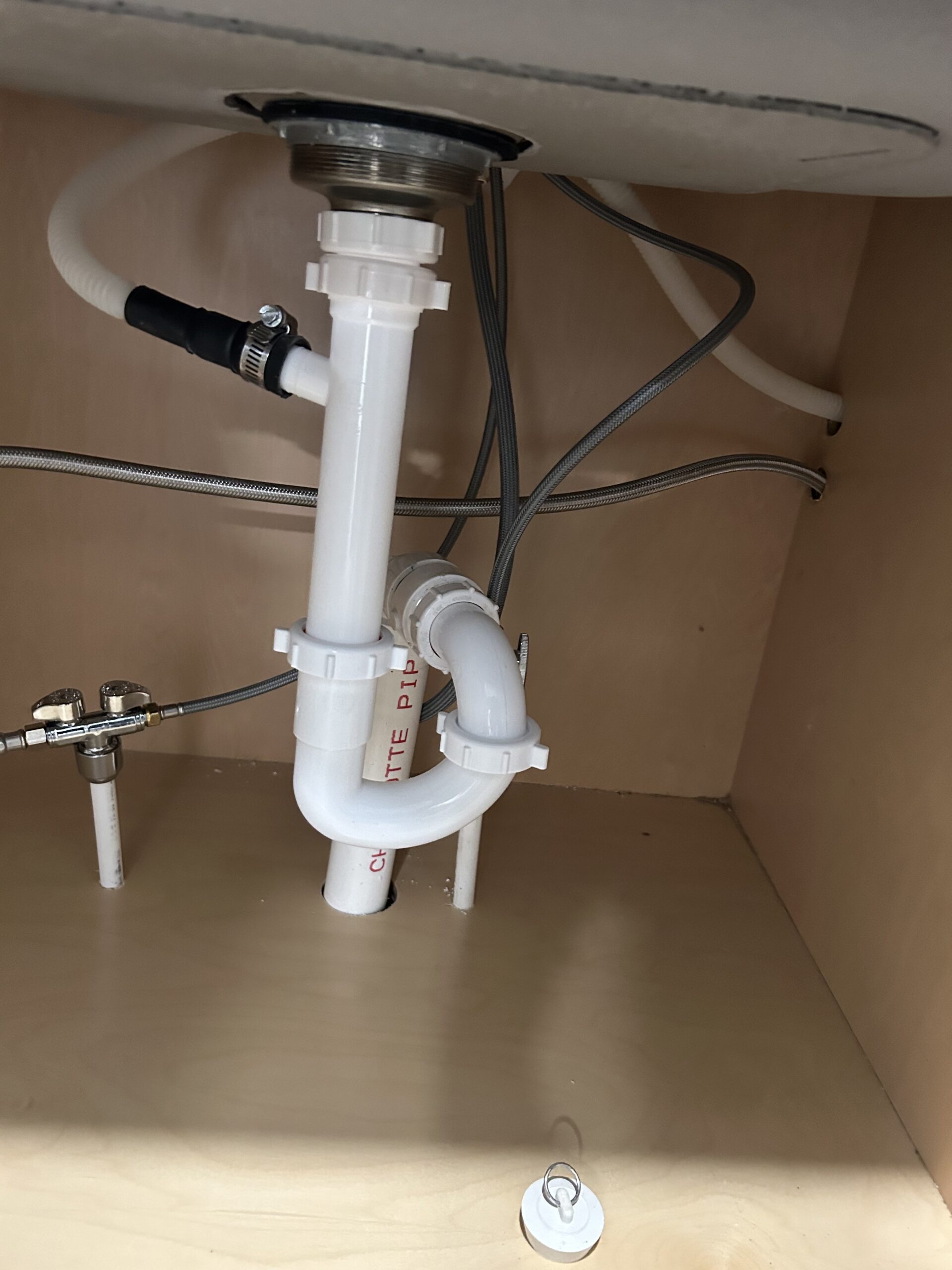
The essence of a home often begins at its entrance, where house door design plays a pivotal role in setting the tone for the overall architectural aesthetic. These designs not only serve functional purposes but also contribute significantly to the visual appeal and character of a residence.
Embracing Architectural Elegance
House door designs have evolved beyond their utilitarian role, emerging as architectural statements that exude elegance and sophistication. They encompass a myriad of styles, materials, and embellishments, enhancing the aesthetic allure of homes.
From intricately carved wooden doors to sleek minimalist designs crafted from metal and glass, the diversity in house door designs reflects the versatility and creativity within architectural realms.
Harmonizing Functionality and Style
The amalgamation of functionality with style is a hallmark of innovative house door designs. While these doors serve as entry points, they also ensure security, privacy, and weather resistance without compromising on visual appeal.
Innovative mechanisms, such as smart locks or integrated surveillance systems, seamlessly blend with the aesthetic elements of house door designs, offering homeowners a perfect fusion of security and style.
Material Variety and Durability
Diverse materials employed in house door designs contribute to their distinctiveness and longevity. From traditional solid wood doors renowned for their warmth and richness to modern alternatives like fiberglass or steel renowned for their durability and low maintenance, choices abound.
Each material utilized in house door designs brings forth unique characteristics, allowing homeowners to select doors that not only complement their architectural style but also withstand environmental elements.
Artistry and Customization
Artistic flair and customization define exceptional house door designs. Intricate carvings, etched glass panels, or ornate metalwork imbue doors with personalized touches, reflecting the homeowner’s taste and cultural influences.
The realm of customization in house door designs empowers individuals to create entryways that serve as focal points, leaving a lasting impression on visitors while encapsulating the homeowner’s personality.
Contemporary Design Trends
Contemporary trends in house door designs gravitate towards sleekness, minimalism, and geometric precision. Clean lines, asymmetrical patterns, and innovative use of materials characterize these modern door designs.
Translucent glass inserts, pivot doors, or sculptural elements incorporated into house door designs redefine traditional concepts, infusing spaces with a sense of modernity and sophistication.
Cultural Significance and Symbolism
In some cultures, house door designs bear symbolic significance, representing prosperity, protection, or cultural heritage. Intricate patterns, motifs, or auspicious symbols integrated into doors convey deeper meanings, enriching the narrative of the home.
The incorporation of cultural elements in house door designs pays homage to traditions, fostering a sense of connection to heritage and spirituality within the home environment.
Integrating Technology and Innovation
Innovations in technology have transformed house door designs, introducing features like keyless entry systems, biometric access, or remote-controlled functionalities. These advancements merge convenience with security in contemporary door designs.
Smart doorbells, motion sensors, or integrated intercom systems seamlessly blend into house door designs, offering homeowners convenience and peace of mind.
Conclusion: The Gateway to Distinctive Living Spaces
In essence, house door designs serve as more than mere entryways; they embody the intersection of functionality, aesthetics, and cultural symbolism. These designs represent the homeowners’ aspirations, reflecting their style, values, and appreciation for architectural beauty.
As trends evolve and technology advances, house door designs continue to evolve, ensuring that they remain not just functional elements but also integral components of architectural elegance and individual expression within residential spaces.


